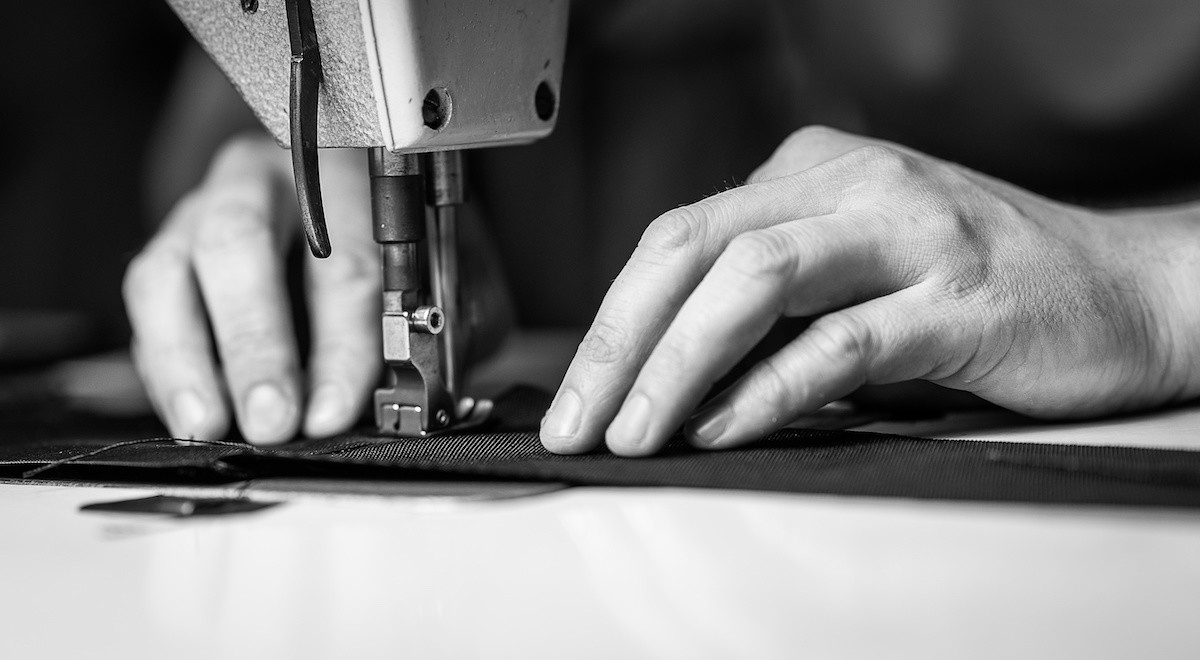How to Sew a French Seam in 9 Steps
Written by MasterClass
Last updated: Apr 18, 2022 • 3 min read
A French seam is a versatile stitch that prevents the ends of the fabric from fraying, creating a professional look. Learn how to sew a French seam with this tutorial.
Learn From the Best
What Is a French Seam?
A French seam is a sewing technique used to conceal the raw edges of fabric inside a row of stitching. This sewing method serves an aesthetic and functional purpose, as the hidden seam creates a soft outline with extra support. Both elegant and durable, the French seam works well on lightweight and medium-weight fabrics. While it’s easiest to apply this technique on sewing projects with a straight seam, you can also create curved seams with this stitch.
3 Uses for French Seams
French seams are ideal for:
- 1. Delicate fabrics: As a bulky seam, it is best to use a French seam on lightweight fabrics, such as chiffon and organza, or sheer fabrics.
- 2. Interior decor sewing projects: As a durable seam finish, you can also use the French seam for bedding and window treatments, such as quilting, pillowcases, and curtains.
- 3. Unlined clothing: Since a French seam conceals the fabric edges, this technique is great for garments where you want to hide the seams, like an unlined jacket. You can also use this type of seam to create a professional and sophisticated finish for a skirt, dress, or pair of pants.
How to Sew a French Seam in 9 Steps
To sew a French seam, you’ll need two pieces of fabric, scissors, a set of pins, a sewing machine, thread, and a fabric marker. Follow this step-by-step sewing tutorial to create a French seam:
- 1. Prep your sewing machine. Set your sewing machine to a straight stitch, and adjust the stitch size according to the instructions on your sewing pattern. Then thread your machine using a color that matches your fabric.
- 2. Align and pin your fabric pieces. Lay your two pieces of material together with the wrong sides of the fabric facing each other. The right side of the fabric (the side that will face out on the finished product) should be facing up. Pin the pieces of fabric in place, adding pins every few inches along the stitch line. Place each pin perpendicular to your seam line to easily remove them as you run the fabric under the sewing machine.
- 3. Mark your seam allowances. Using a fabric marker or pencil, designate your seam allowances. For a French seam, your seam allowance should be a quarter-inch less than the seam allowance listed on your pattern. For example, if your pattern has a standard five-eighths of an inch seam allowance, subtract a quarter-inch to determine your French seam allowance; in this case, three-eighth of an inch. Since a French seam is two lines of stitching, subtract a quarter-inch again to determine the second seam allowance, which, in this case, would be one-eighth of an inch.
- 4. Sew the first seam. Position the pinned fabric pieces under the needle of your sewing machine. Gently glide the fabric under the needle, removing the pins right before you sew over them. This prevents the needle from getting stuck or damaged by the pins.
- 5. Cut the fabric ends. Using scissors, trim the excess ends of the fabrics pieces beyond your seam, leaving the second seam allowance. Use sharp scissors, as dull scissors can fray and damage the ends of the fabric.
- 6. Iron the seam line. Before sewing the second seam, lay your garment on a flat surface and iron both sides of the fabric, setting your iron temperature according to the fabric. Once you press the seam flat, fold the two pieces along the finished seam line, so the right sides of the fabric are facing in.
- 7. Re-pin the seam line. Position your pins perpendicular to the seam line, pinning the wrong sides of the fabric together. Since the two pieces of fabric are secure because of the first seam, you can use fewer pins for the second seam.
- 8. Sew the second seam. Gently glide the fabric under the sewing machine, using the second seam allowance marker as a guide. This second line of stitching secures the edge of the fabric between the first and second seams.
- 9. Iron the second seam line. Lay your fabric on a flat surface and iron the sides of the seam a second time. Press the seam to your preferred side and smooth out the garment.
Want to Learn More About Fashion Design?
Become a better fashion designer with the MasterClass Annual Membership. Gain access to exclusive video lessons taught by the world’s best, including Laura Kim and Fernando Garcia, Diane von Furstenberg, Marc Jacobs, Tan France, Anna Wintour, and more.
